In today’s fast-paced and capital-intensive business environment, companies often rely on external financing to drive expansion, innovation, and market penetration. However, sustaining growth while managing debt obligations requires a delicate balance. Poor cash flow management can derail even the most promising ventures, while a strategic approach can unlock long-term financial resilience and scalability. Effective cash flow management ensures that businesses can meet their debt obligations without compromising growth opportunities.
Understanding the Importance of Cash Flow in a Leveraged Environment
Cash flow is the lifeblood of any business, but when debt is part of the equation, its role becomes even more critical. Debt obligations—such as interest payments, principal repayments, and covenant compliance—create fixed cash outflows. If not managed strategically, these can limit reinvestment capacity and strain operational liquidity. Therefore, businesses must maintain a cash buffer, monitor inflows and outflows meticulously, and align financial commitments with projected earnings.
Key Strategies for Effective Cash Flow Management
1. Build a Rolling Cash Flow Forecast
One of the foundational strategies is maintaining a rolling 12-month cash flow forecast. This provides visibility into anticipated income, operational costs, and financing outflows. By forecasting on a regular basis—weekly or monthly—businesses can proactively identify potential cash shortfalls and make informed decisions regarding expenditure, borrowing, or collections.
2. Align Debt Repayments With Revenue Cycles
To avoid mismatches between cash inflows and debt servicing needs, align repayment schedules with your business’s revenue patterns. For example, seasonal businesses should negotiate flexible loan terms, such as step-up EMIs or balloon payments, to reduce pressure during off-peak months. Structured repayment aligned with cash generation ensures smoother financial performance.
3. Improve Working Capital Efficiency
Freeing up working capital is a powerful lever to enhance cash flows. Tactics include:
- Optimizing receivables by enforcing credit discipline and offering early payment incentives.
- Managing payables by negotiating better terms without straining supplier relationships.
- Streamlining inventory to reduce carrying costs and avoid excess stockpiling.
An efficient working capital cycle reduces the need for short-term borrowing and improves debt coverage ratios.
4. Use Surplus Cash Wisely
During high-cash-flow periods, resist the urge to overspend. Instead, allocate surplus funds to prepay high-cost debt, build reserves, or invest in low-risk instruments that offer liquidity. Maintaining financial discipline during flush periods strengthens the business for future downturns or interest rate shocks.
5. Leverage Technology for Real-Time Monitoring
Modern cash flow management tools provide real-time dashboards, automated alerts, and integrated financial reporting. These tools help identify leakages, track key metrics like cash conversion cycle, and enable faster decision-making. Automation reduces errors and enhances accuracy in forecasting.
The Role of Strategic Debt Management
Cash flow management must go hand in hand with strategic debt planning. Refinancing high-interest debt, consolidating short-term liabilities, or exploring structured instruments such as mezzanine debt can provide more breathing room. Engage with lenders proactively to restructure terms in alignment with business realities and growth plans.
Conclusion
Managing cash flow effectively while honoring debt commitments is not just about survival—it’s about building the foundation for sustained growth. With a disciplined approach, data-driven forecasting, and strategic financial planning, businesses can maintain liquidity, meet obligations, and seize new opportunities without being hamstrung by debt. In an era of economic uncertainty and rising capital costs, cash flow mastery is a key differentiator for high-performing enterprises.
